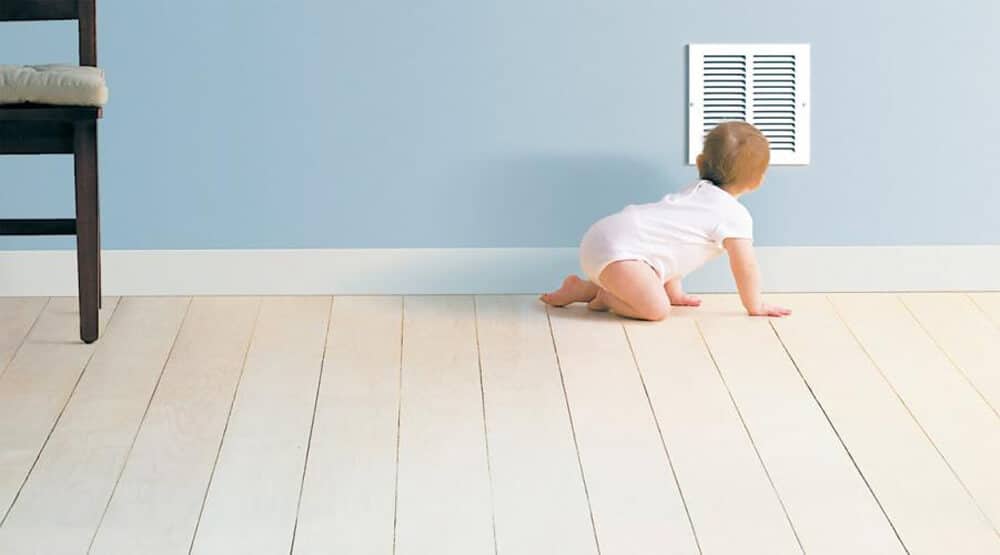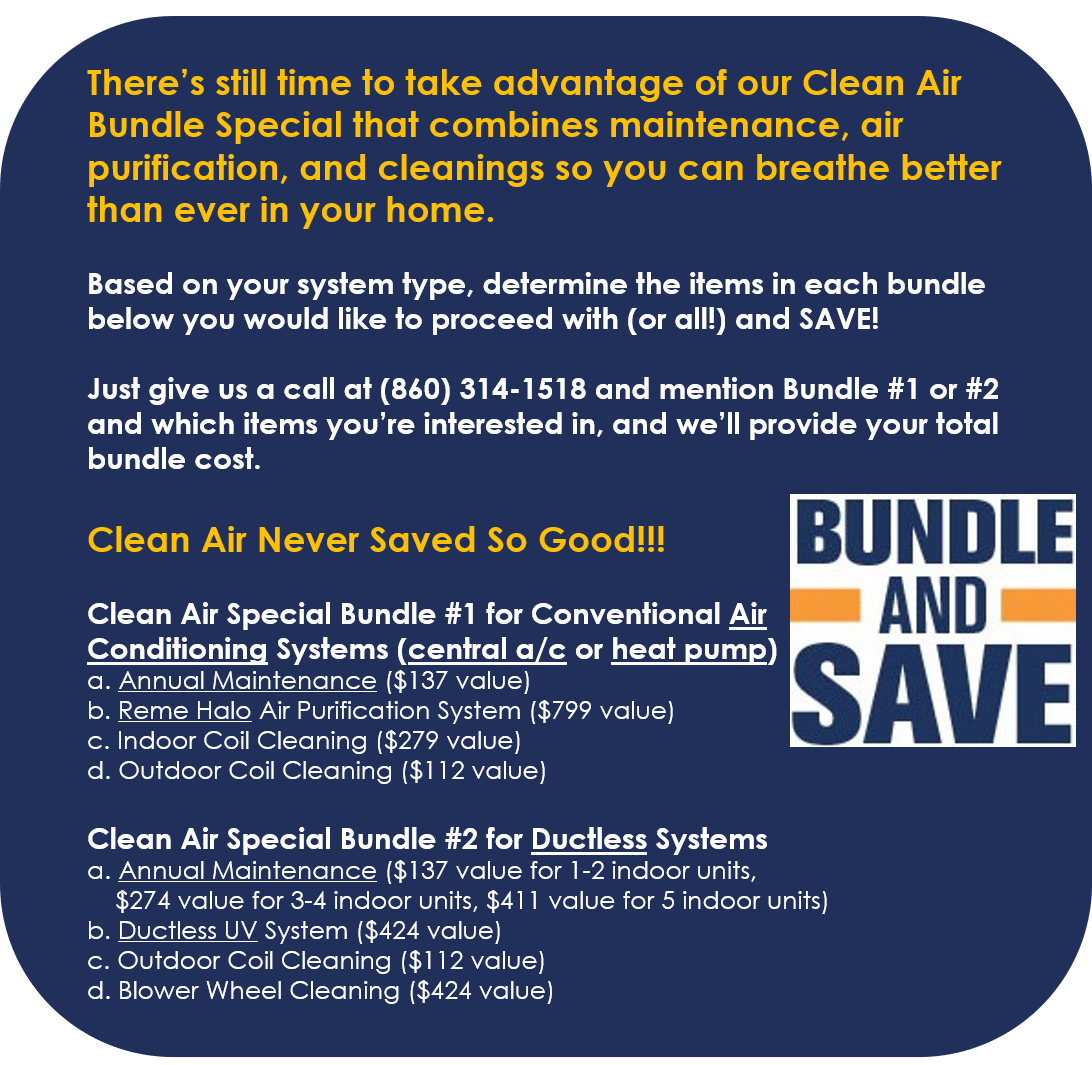Indoor air is unclean, stale and filled with pollutants. Compared to outdoor air, the air inside your home is ten times more contaminated. Many of the pollutants we inhale in our homes come from outdoors through windows, while others are from different sources inside our homes. Poor indoor air quality can be risky as it can cause several respiratory conditions and other health problems.
Clean Air is Just as Important as Cool Air!

The primary function of air conditioners is to produce fresh air and reduce heat in a room. They can, however, remove different contaminants such as pollen and dust from indoor air through their filters. These impurities are pulled inside the air conditioners by the cooling system, but are often pushed back to the room a short time later. The filters sieve pollutants for a only a short duration. Some filters, however, fail to clean tiny allergens present in indoor air. Changing these filters and replacing them with better ones, such as the HEPA (High Efficiency Particulate Air) filter, will increase your a/c’s efficiency in eliminating the allergens from the air.
Like filters, evaporator and condenser coils should also stay clean. The air conditioner’s evaporator coil and condenser coil collect dirt over their months and years of service. Unclean evaporator coils limit air flow thus inhibiting the ability of the a/c to clean air. Dirt corrodes the evaporator coil and as a result, the refrigerant leaks. This gas leak releases poisonous vapors to the indoor air that can lead to fatal diseases. A dirty coil also promotes the growth of mold as well as mildews resulting from dust mixing with condensation from the coil.
Outdoor condenser coils can also become very dirty if the outdoor environment is dusty or if there is foliage nearby. You can easily see the condenser coil and notice if dirt is collecting on its fins. You should minimize dirt and debris near the condenser unit. Your dryer vents, falling leaves, and lawn mower are all potential sources of dirt and debris. Cleaning the area around the coil, removing any debris, and trimming foliage back at least 2 feet (0.6 meters) allow for adequate airflow around the condenser.
Sources:
https://biofriendlyplanet.com/eco-awareness/air-quality/air-pollution/can-air-conditioners-be-used-to-help-clean-up-indoor-air-pollution/
https://www.energy.gov/energysaver/maintaining-your-air-conditioner
Steps to Reduce Indoor Air Pollutants
- Take the time to dust, vacuum and clean your house often to prevent the build-up of dust and other particles which may have settled in your home.
- Bring in some indoor houseplants known for improving air quality and reducing pollutants.
- Open your windows in the early morning or evening hours when the weather is cooler, the sun is not shining brightly on your home and it is safe to do so. Having fresh air circulate through your home daily can get rid of harmful pollutants.
- Inspect your air filter regularly and replace as needed. You do not need to be recirculating pet dander, dirt, and dust back into the air you breathe.
- Be sure to check faucets for leaks, and inspect showers and other places where moisture is likely to accumulate. It is in areas such as these where mold and mildew can grow.
- Invest in an air purifier to help improve your indoor quality of life.
- Pay attention to the products you buy. When you buy furniture and household items loaded with toxins and chemicals, you are adding pollutants into your home. Do what you can to minimize the number of harmful pollutants you bring into your home.
- Plan as many outdoor activities as you can, so you and your family are not cooped up inside too long. Even if it is hot, activities can still be planned to allow you to spend a little time out in nature, exploring and enjoying all the great outdoors has to offer.
Source: https://biofriendlyplanet.com/eco-awareness/air-quality/air-pollution/combating-indoor-air-pollution-in-summer/






